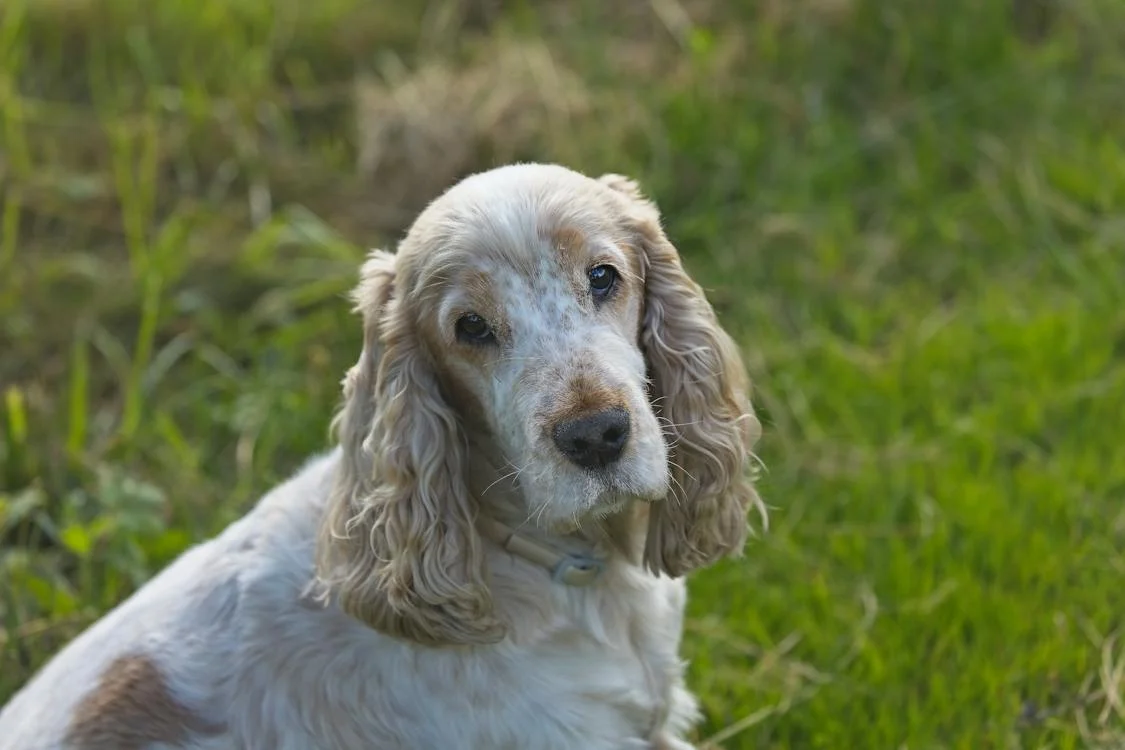Dogs indeed are man’s best friend. This saying is often true because of dogs’ smart and friendly nature. It is evident to many dogs in existence today; that is why many families consider them as a house companion. Furthermore, they come in various sizes; small toy dogs to large guard dogs. One dog that makes a perfect house companion is the Cocker Spaniel, which is quite a small dog packed with remarkable qualities.
The Cocker Spaniel is incredibly energetic, which is why it was originally a hunting dog. However, it is also an exceptional sport dog. Besides its physical abilities, this breed is highly affectionate and friendly, making it an ideal pet for the family.
Origins of the Cocker Spaniel
The Cocker Spaniel played a significant role in the history of the United States. We can trace back its origins to hundreds of years ago when spaniels were only classified into two categories – land and water spaniels. Despite having physical and behavioral differences, these spaniels were initially categorized as two breeds.
However, the 19th century began to have a more systematic approach in classifying this variety of spaniels into specific breeds. Interestingly, one dog that was identified during this time was the Cocker – a dog that specializes in woodcock, and it is the ancestor of the Cocker Spaniel.
Moreover, the Cocker Spaniel originally came with two varieties, mainly the American and the English. Each type has distinct features, including its size, color, and coat density. These differences led to changes in the breeds’ classification. It didn’t take long, and the variety was registered as two separate breeds in 1940. The American breed was named Cocker Spaniel, while the British variation was called the English Cocker Spaniel.
Over the years, the Cocker Spaniel gained recognition in the United States. Furthermore, its popularity skyrocketed after the black Cocker – Brucie won the Westminster Best in Show for two consecutive years in 1940 and 1941. Even the former President, Richard Nixon, owned a Cocker Spaniel named – Checkers.
Characteristics of the Cocker Spaniel
Height: 13.5 – 15.5 inches
Weight: 20 – 30 pounds
Life Expectancy: 10 – 14 years
Hypoallergenic: No
The Cocker Spaniel is a small breed that could stand up to roughly fifteen inches tall and weighs around thirty pounds. This little dog is not to be mistaken with other spaniels since it possesses distinct features, making it a unique dog.
The Cocker Spaniel is a truly lovable dog because of its various physical and qualities and characteristics. Just by looking at this breed would give you a glimpse of affection since it is a highly outgoing dog. It has big dark eyes and long hairy ears, which are both fascinating features, which is sure to capture the hearts of many dog lovers. Its coat comes in a variety of colors and patterns.Furthermore, its small and athletic body is very suitable for different activities, but it excels in sports. Don’t be deceived by its sweet and playful nature as this dog is incredibly agile and powerful. Its pure energy is another factor why many people admire this outstanding breed.
Moreover, the Cocker Spaniel is smart and trainable. That is why it is best to engage them in indoor and outdoor activities as part of their training. Its pleasing nature is perfect for any family, even with children. All of these features contribute to the greatness of the Cocker Spaniel, wherein it is often regarded as a remarkable family companion.
Caring for the Cocker Spaniel
In feeding the Cocker Spaniel, it is best to seek advice from your local vet for the proper diet your dog requires. This breed works best with high-quality dog food; however, some dogs tend to be picky when it comes to food, so be patient in trying out new brands. Furthermore, be mindful of your vet’s recommendation when it comes to the amount of food to feed your dog. It is necessary for maintaining your dog’s weight and keeping it look its best. With proper monitoring of your dog’s calorie intake, you can prevent it from the risk of obesity, as well as other health conditions in the future.

